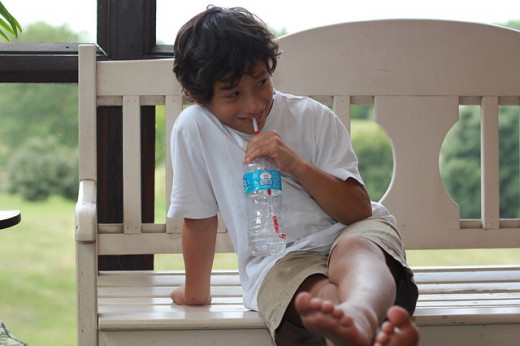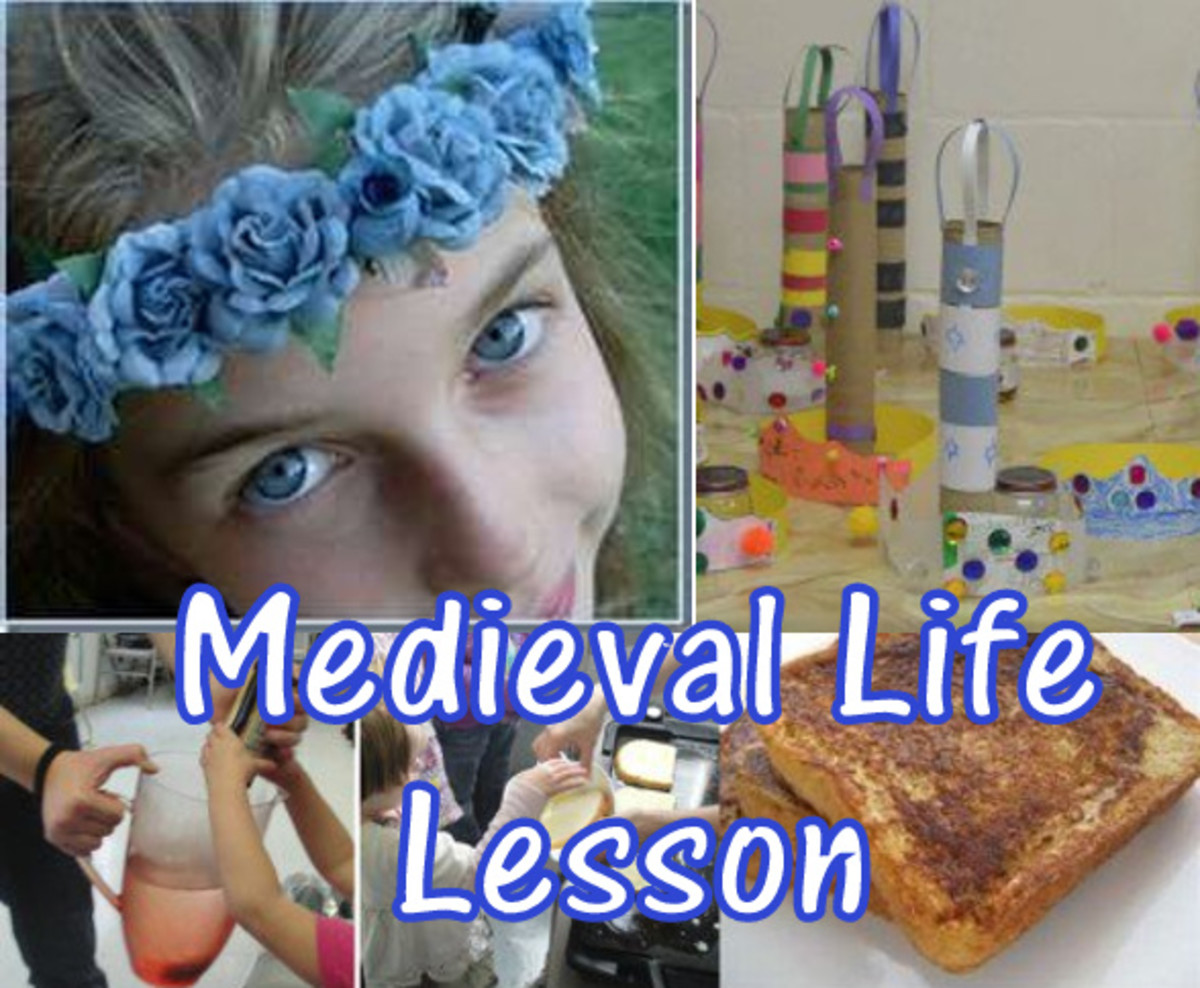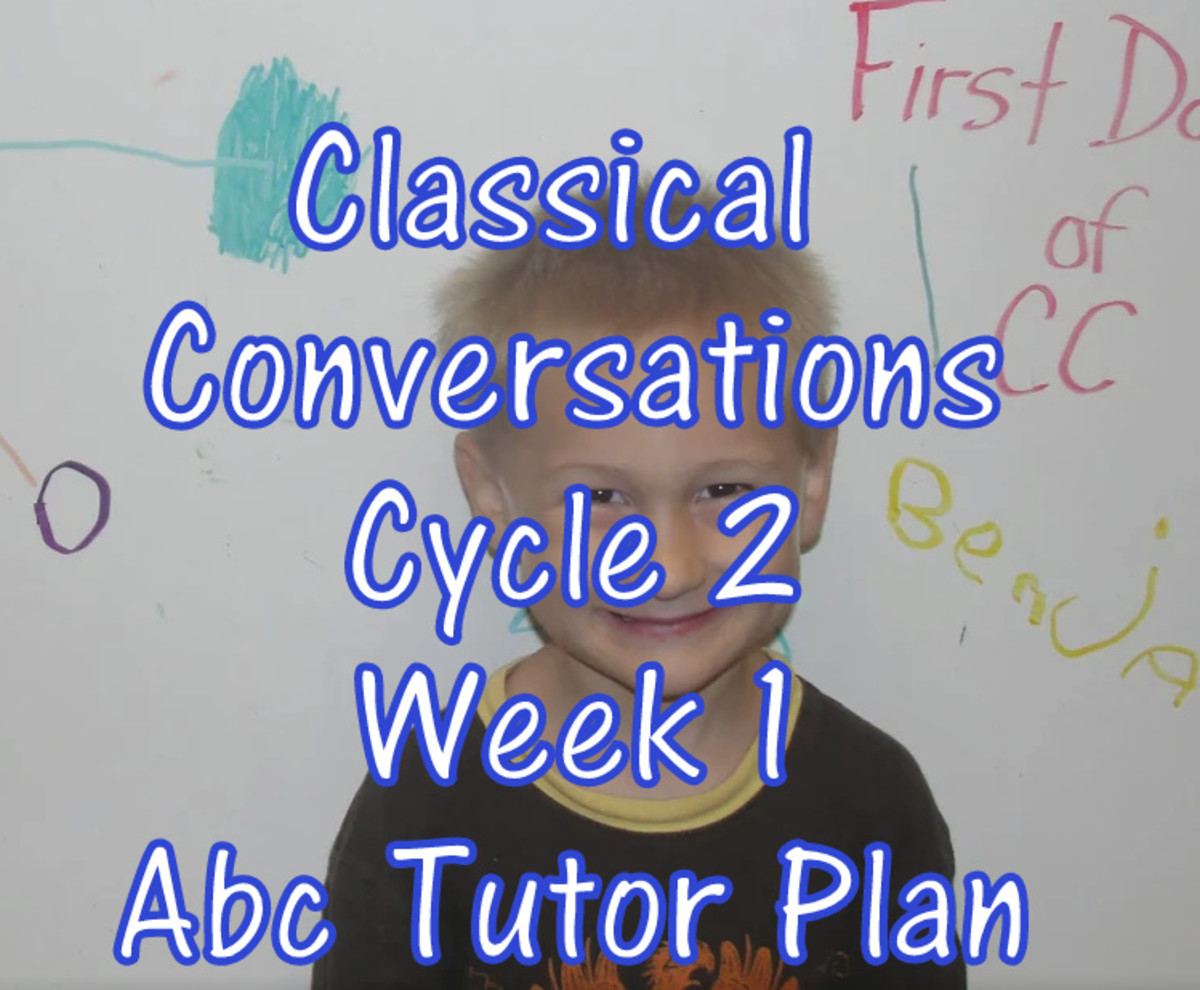Keep your drama class interested, engaged, and under control

Common Problems
Kids come to drama classes for many different reasons. Some are looking for a fun place in which to explore their creativity, other just want a place to blow off steam, a few have dreams of being serious actors one day, and then there are the children who are sent to class by their parents in the name of self-development. A problem many drama teachers have is juggling these personalities in their class, and making sure there is ample room for the growth and development of each and every child.
How do you make sure the shy children are at ease while keeping the more boisterous personalities engaged? How do you cater to the more serious students while giving the others a sense of fun. And, most importantly, how do you maintain control without making your students feel like they're still at school? The trap many teachers fall into is either running their class like a military camp, or pandering to the student's wishes and focusing too much on games. Games are an extremely useful tool but should not be overused at the expense of real and valuable learning. What I have here is a number of simple pointers for keeping your students calm, focused and under control.

Always Plan Ahead
This might seem very obvious but a surprising number of teachers come to class with no class plan and only a vague idea of what they are going to do with their students. This may work for some extremely experienced teachers who have a great many exercises and games up their sleeves but in general it is important to plan your class well. It is also important to note the length of each exercise so you don't run out of material before the end of class. Always have a backup list of games and exercises with you as it is sometimes difficult to predict what will or will not work with a particular group of students. Being calm and prepared is one of the simplest ways of keeping control of a drama class.
A good start
The way you begin your class sets you up for the rest of the session. It's important to gauge your student's mood and temperament before you begin and have a number of warm-ups up your sleeve. Some classes require energetic warm-ups to begin with while others need more calm, focused ones. It is generally a good idea to start with something simple like stretches. Stretches wake the body up and let it know it's going to be used. They also have a very calming effect on giddy students, and are low pressure enough to make shyer students feel at ease. After that you can move on to either an energy building or focus building exercise, depending on the class mood and the type of exercise you wish you proceed with.

Be aware of your personality types
It is useful for you to become aware of the personalities in your class and to work with them. It is a good idea to think about your student's personalities when creating your class plan to make sure there is something for everyone in there. Boisterous personalities need to be kept active and focused while shyer ones need to be brought out. There are very simple ways in which you can achieve this during exercises. Here is an example:
I want to take a break from a long project by playing a short game of traffic lights. Traffic lights is a very active game in which the students move around the room running when GREEN is shouted, stopping for RED, and walking for ORANGE. I have an extremely shy child in the class who rarely speaks up. I give this child the opportunity to be in charge (i.e. to be the one shouting the colors). If the child is too shy to shout themselves, they can whisper the colors into my ear and I will shout for them. The positive affirmation the student gets from choosing the color and seeing their classmates respond to that choice is extremely beneficial while the active nature of the game keeps the boisterous personalities happy. If I wanted to take the game further and include more children in the commanding position, we could expand it and let the students pick their own colors and movements that the others would follow. For example, a student might add the color purple to the game and decide everybody has to hop when they say it.
This kind of approach to games can really be of use in keeping all members of the class focused and engaged.

Take a Break
If you feel focus sliding and the students are becoming restless it is often advisable to take a short break. This gives the students a chance to unwind and gives you a chance to recharge your batteries and think about how to approach your current task or exercise from a different angle.
Keeping control through change
A simple way to control your class is to break it up as much as possible. For young children try to plan your class in 2-7 minute segments. The time for each activity can increase as the children get older but in general it is a good idea to keep activities short. However, this does not mean the class should be made up of a number of disparate activities. A long class lesson can be broken up into segments by defining different objectives for the students along the way. Here is an example:
I want to work on creating a narrative with a class of 6-8 year olds. My ultimate goal is to have the children break into groups and work together to create a short piece of narrative theatre in class. Here is how I would go about it.
1. This is the first time I am doing something of this nature with the class, so I will give them a framework to work within so that they feel the goal is achievable. If the students feel a task is too difficult or challenging they will lose focus.To this end I will give each group a fairy tale to portray.
2. I will start by sitting down with the children and discussing fairy tales. Chatting with your students is a great way to engage them and draw their attention.
3. As a class, we will pick some of our favorite tales. Young children appreciate having their voices valued and heard. This is a great time to give the quieter students a chance to speak up. If they were silent throughout the discussion you can call on them to name their favorite tale and use it in the upcoming exercises. This kind of positive affirmation is a great way of making a child feel important and secure.
4. Now I will break the class up into groups, give each group one of the fairy tales we have chosen, and ask them to come up with three frozen pictures (tableaux) illustrating the tale.
5. Next, we will see all the tableaux and get a chance to talk about them.
6. Now I will send the children back into their groups, and ask them to turn the tableaux into a mime.
7. We will break again to see the mimes.
8. Finally, I will ask the children to add voice to their mimes, thus creating a short narrative play.
9. We will all view the final products and comment upon them, giving lots of positive affirmation.
This kind of structure, containing a variety of goals, is good for keeping students' attention. It is important not to give them too much time to complete each task, and to keep them posted on their remaining time in order to keep them focused.
Misbehaviour
Dealing with misbehaving students can be a big challenge for teachers. I've found that the best thing to do it to draw as little attention to the student as possible. Take them aside and speak to them quietly, and if the behavior continues have them sit out on the next exercise. Never let a misbehaving student run the class. If a student has been particularly badly behaved it is always a good idea to speak to their parents and try to find out if there are any underlying issues surrounding their behavior. Sensitivity to students can go a long way and they will often appreciate you more for it. Speaking to parents also lets them know their child might have a problem they need to address at home.
Hopefully these tips are of help. The most important thing is to get to know your students as each class dynamic is different. Chatting with them and listening to them will increase their respect for you and make them more likely to listen to you. For older students, it is good to find out what they hope to get out of the class, and to try to cater to that. Most importantly, have fun while you are teaching. Your sense of fun will be infectious to your students and everybody will have a great time.
© 2012 Emer Kelly









